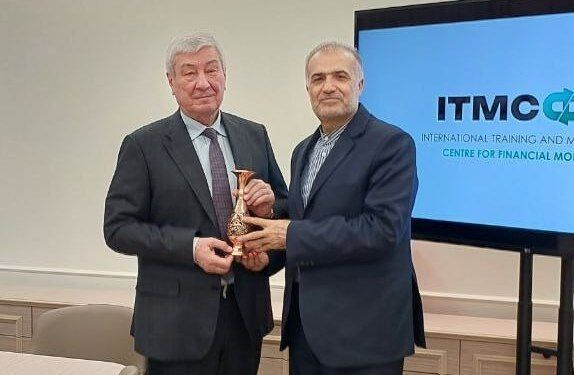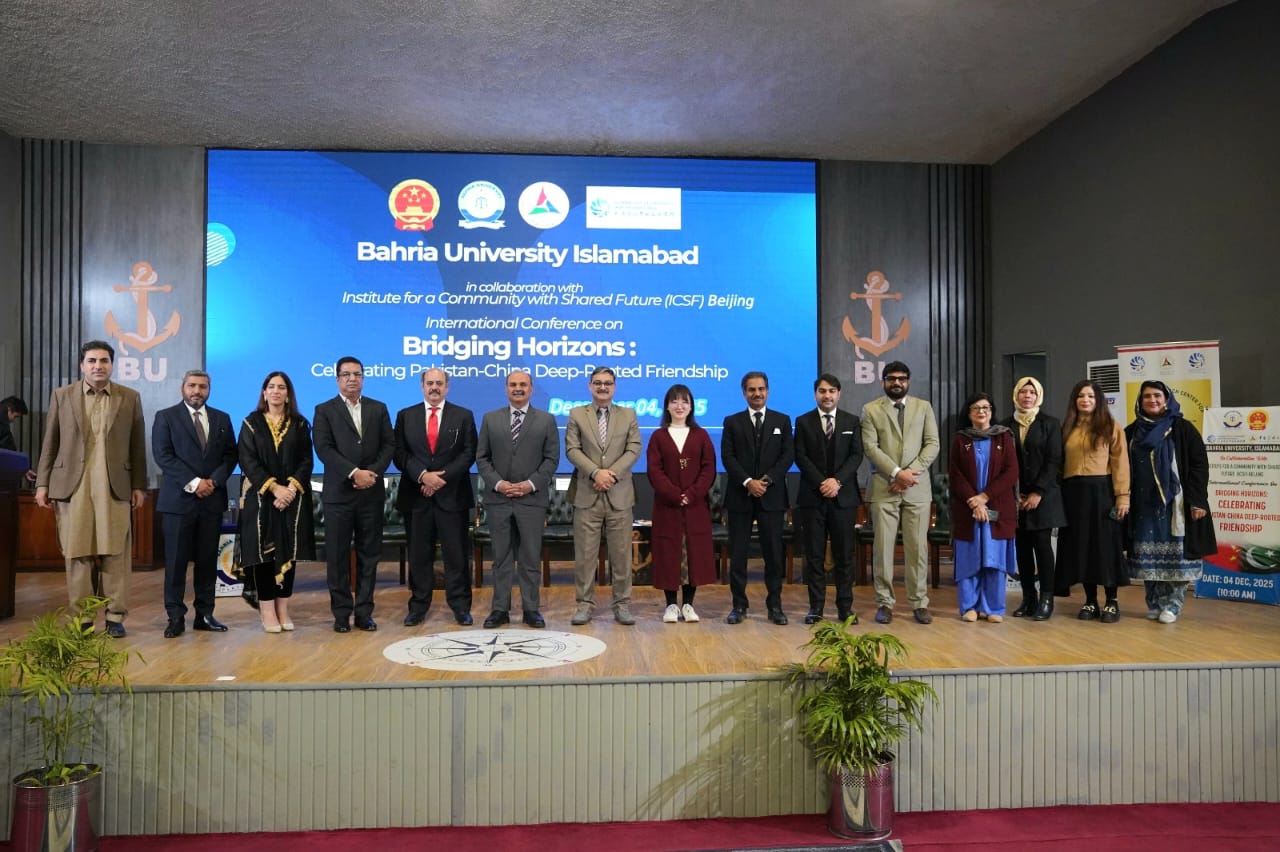Qeshm, October 11, 2025 – The Europe Today: The marine Hara forests, one of Iran’s most unique ecological and tourism treasures, are located near Soheili Village on the globally recognized Qeshm Island. These rare mangrove ecosystems offer visitors an opportunity to witness the delicate balance of nature through their rich biodiversity and breathtaking natural beauty, reflecting the endless wonders of divine creation.
Designated as a “Man and the Biosphere (MAB) Global Biosphere Reserve” by UNESCO, the Hara Protected Area on Qeshm Island stands as a symbol of Iran’s commitment to environmental preservation and sustainable tourism.
According to local lore, the Hara plant traces its origins to the legendary “tears of Adam,” with its name honoring the great Persian scholar Avicenna. Scientifically known as Avicennia marina, the Hara is a resilient species of mangrove vegetation found across the coasts and coastal marshes of Egypt, the Arabian Peninsula, and southern Iran.
A Natural Marvel of Adaptation and Beauty
What makes the Hara mangroves extraordinary is their unique biological ability to convert salty seawater into fresh water, allowing them to thrive in saline coastal environments. These evergreen shrubs grow across eight internationally protected areas in Iran, with the largest and most scenic stretch located on the northwest coast of Qeshm Island, covering approximately 2,400 hectares out of a total 7,500 hectares of Hara forests nationwide.
When the tides rise, the forest appears to float gracefully on the turquoise waters of the Persian Gulf. As the tide recedes, the mangroves transform into lush, terrestrial forests — a striking natural phenomenon that reveals the intricate relationship between land and sea.
The trees, which grow in shallow tidal zones with water depths ranging from 1 to 1.5 meters, feature oval-shaped, glossy green leaves on top with a whitish underside. Their fruits are almond-shaped, while the small, golden flowers — with four delicate petals — emit a subtle, sweet fragrance that gently fills the surrounding air.
Sanctuary for Rare Birdlife
Beyond its botanical significance, the Hara ecosystem serves as a vital habitat for numerous species of migratory and resident water birds. Among them are the Caspian tern, great tern, Indian heron, grey heron, spoonbill, grey-footed pelican, flamingo, various gulls, crab plover, and cormorant. These birds not only contribute to the forest’s ecological diversity but also make it a premier destination for birdwatchers and nature enthusiasts.
Cultural and Regional Significance
Locally, the plant is known by various names: Hara in Bandar Abbas, Tamar in Baluchistan, and Shuri or Shura in Arabic. This regional diversity in naming reflects its deep-rooted cultural and environmental importance across the coastal communities of southern Iran.
Today, the Hara forests of Qeshm stand as a living laboratory of natural resilience and ecological harmony — a place where visitors can witness the interdependence of life between the sea and the land, and where Iran’s environmental heritage continues to inspire global appreciation for sustainable coexistence with nature.














